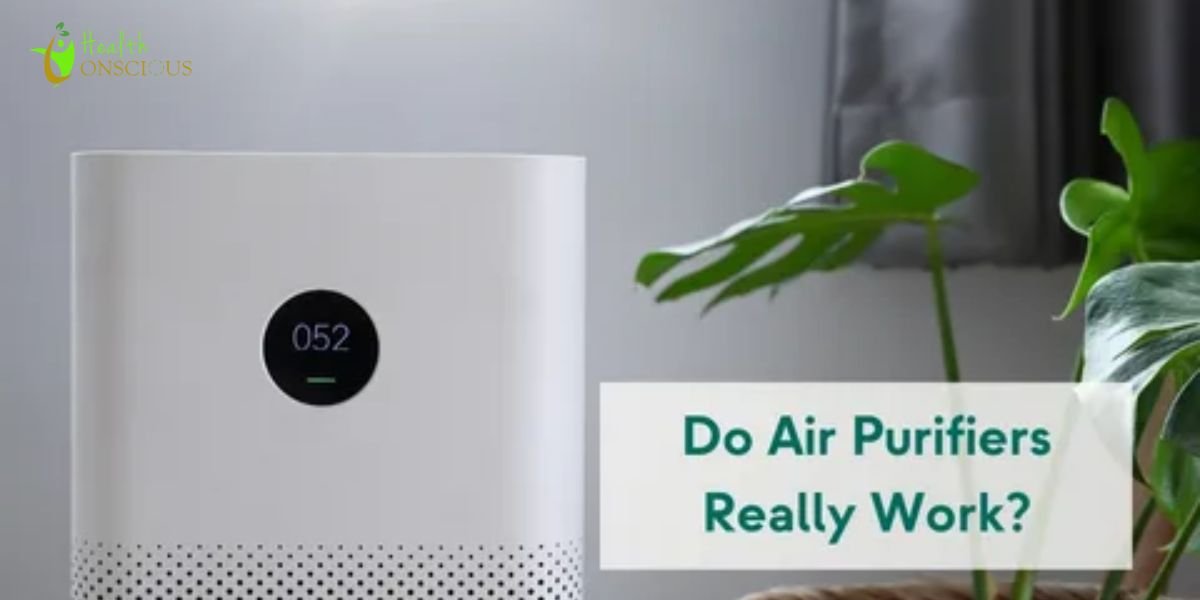A sweeping new study from Mass General Brigham reveals that classroom air purifiers, once seen as a key defense against illness, may not do enough to stop respiratory viruses.
Researchers analyzed air samples from 200 classrooms — half equipped with portable HEPA (high-efficiency particulate air) purifiers and half with “sham” devices lacking filters. While HEPA purifiers are designed to capture fine airborne particles, the study found little difference in the overall presence of viruses between the two groups.
“HEPA filters are meant to capture particulate matter from the air, but there’s limited real-world data on their ability to filter respiratory viruses spread through aerosols or droplets,” the researchers said in a statement.
Most Classrooms Showed Viral Presence
The study found that 98.4% of all classroom air samples contained viruses, with an average of three respiratory types detected per classroom — including those responsible for the flu and RSV.
Dr. Peggy Lai, a pulmonary and critical care specialist at Mass General, said that air purifiers alone did not significantly lower viral loads, pointing to the need for a broader approach to indoor air safety.
“Air purifiers did not reduce overall viral load in classrooms,” Lai noted. “This suggests additional interventions may be needed in schools.”
Following the COVID-19 pandemic, Boston Public Schools installed HEPA air purifiers in every classroom in an effort to improve air quality and reduce transmission risks.
Humidity May Play a Key Role
Researchers also observed that dry classroom air was linked to higher viral exposure, even in rooms with air purifiers. While classrooms using purifiers showed slightly lower viral diversity, this did not translate to fewer absences among students.
“Along with air filtration or better ventilation, maintaining classroom humidity between 40% and 60% may help lower viral exposures and improve comfort for students and teachers,” Lai added.
The findings emphasize the importance of a multi-layered strategy to maintain safe classroom environments — one that includes humidity control, ventilation improvements, and continued monitoring of indoor air quality, especially during peak respiratory virus seasons.
Read more:




2 Comments
Comments are closed.